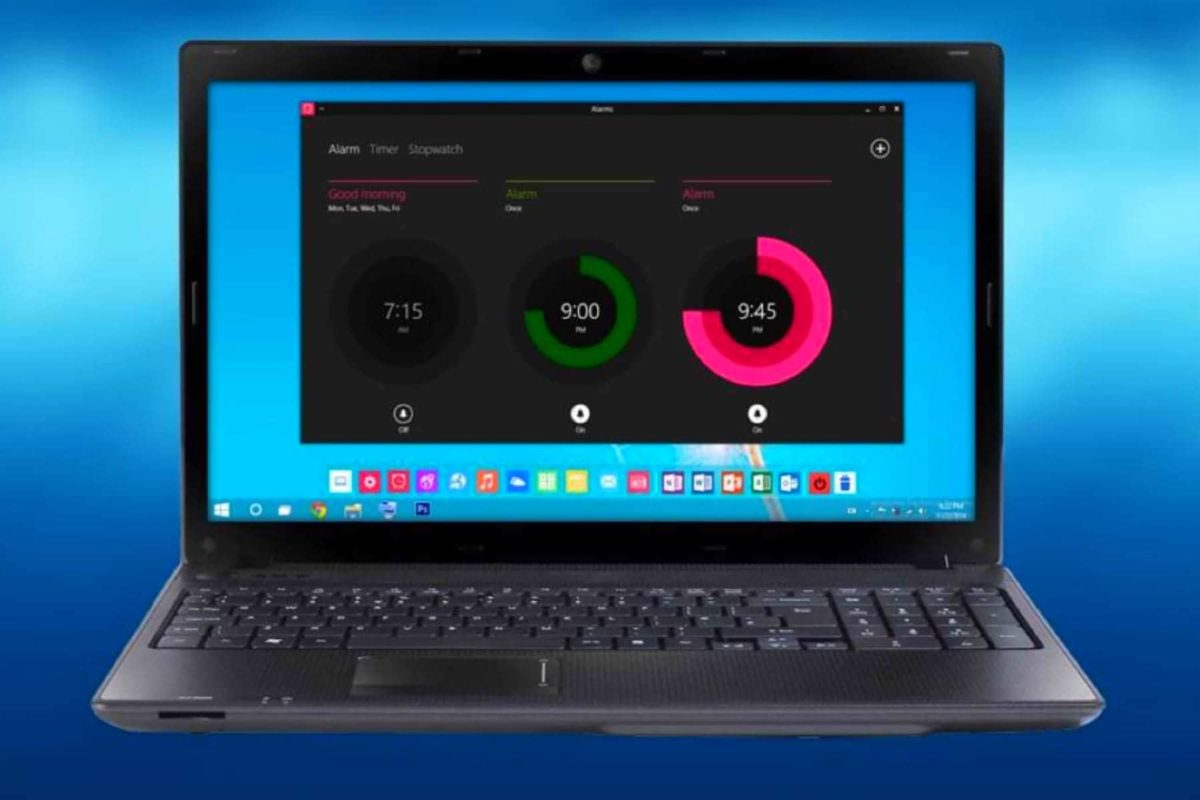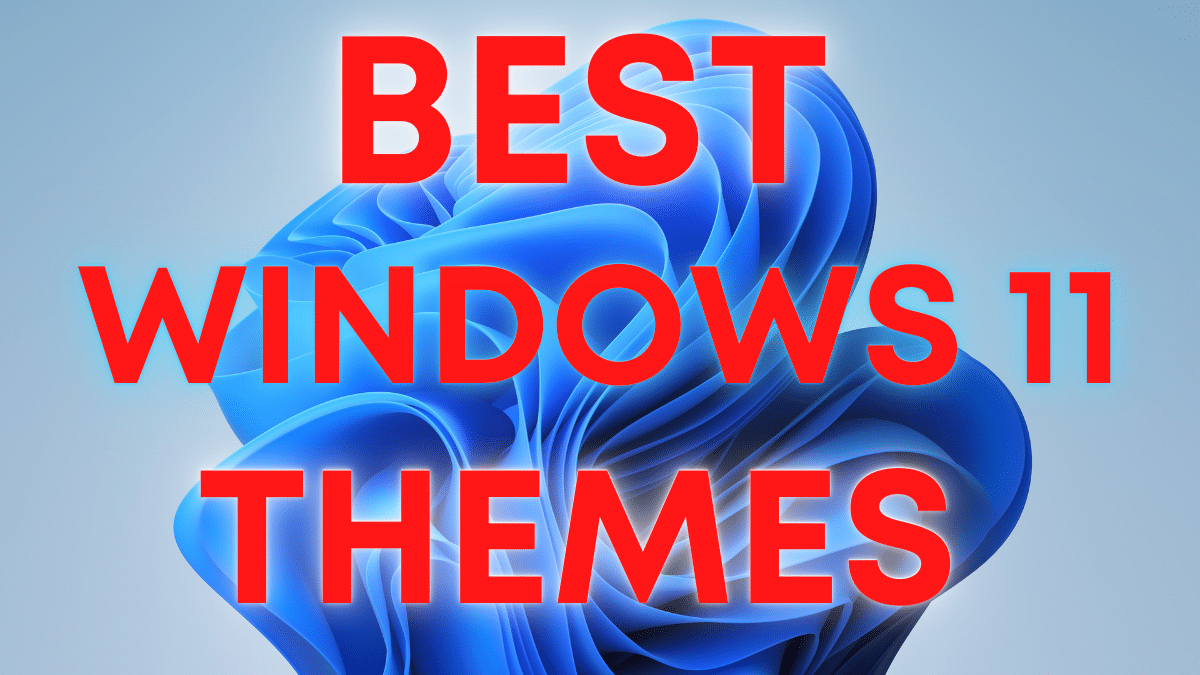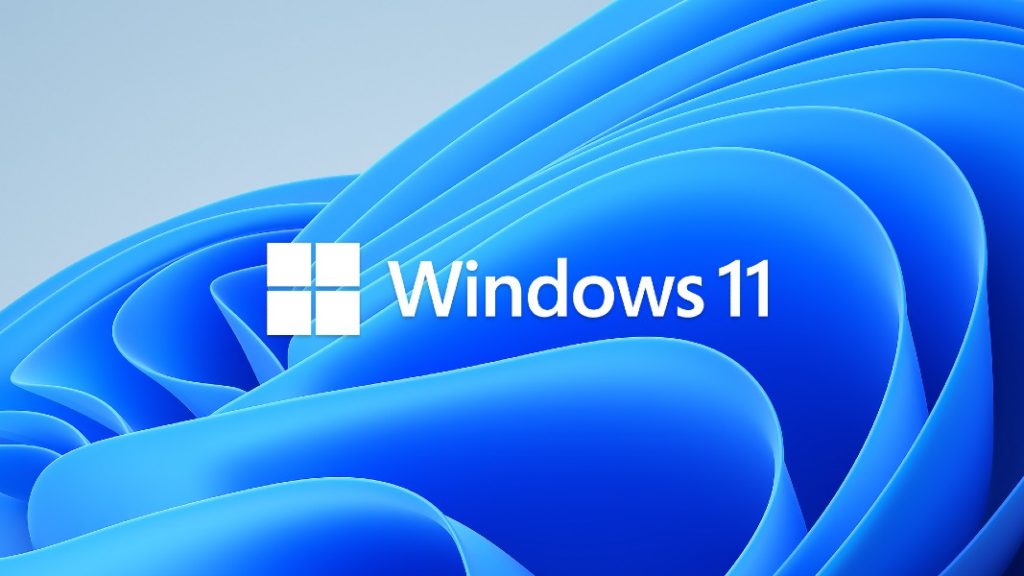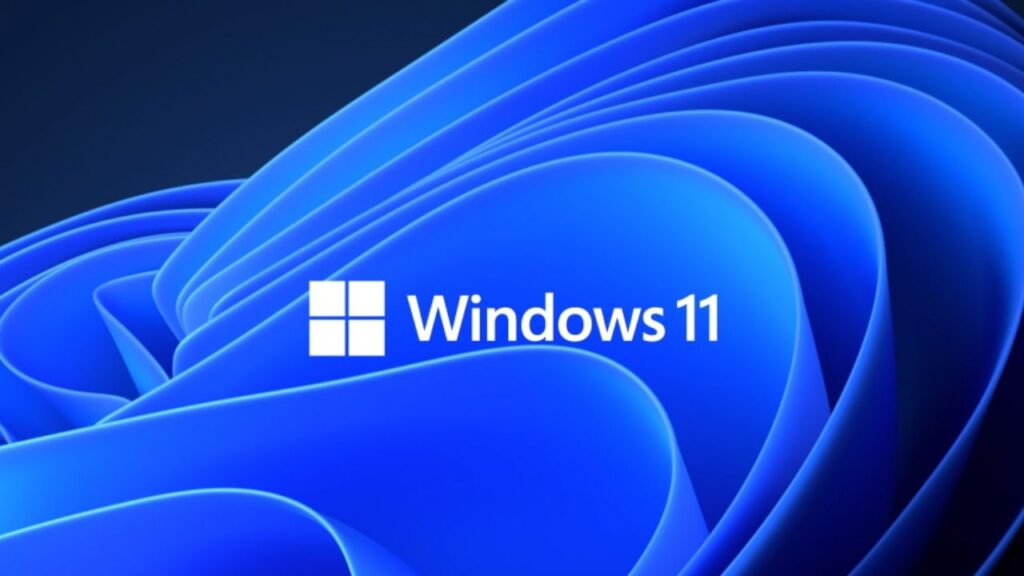He also acknowledged the expansion of Microsoft Store to include more "traditional" desktop applications. Original equipment manufacturers can still ship computers without a TPM 2.0 coprocessor upon Microsoft's approval. Some third-party software may refuse to run on unsupported configurations of Windows 11. If your existing Windows 10 PC is running Windows 10 20H1 or later and meets the minimum hardware specificationsit will be able to upgrade to Windows 11. The upgrade rollout plan is still being finalized, but for most devices already in use today, we expect it to be ready sometime in early 2022.
Not all Windows 10 PCs that are eligible to upgrade will be offered to upgrade at the same time. To see if your PC is eligible to upgrade, refer to our knowledge base for a list of tested systems. Once the upgrade rollout has started, you can check if it is ready for your device by going to Settings/Windows Updates. Similar to how end users are notified when updates are available in Windows 10, end users will see an indication in the notification areas of the taskbar in the bottom right, that the upgrade is available.
More information on how that is presented will be available at a later date. Additional desktop notification options may be also be added at a later date. Citing security considerations, the system requirements for Windows 11 were increased over Windows 10. While the OS can be installed on unsupported processors, Microsoft does not guarantee the availability of updates. Windows 11 removed support for 32-bit x86 CPUs and devices which use BIOS firmware. If you have a device running Windows 7, you can upgrade it to Windows 11 without losing your files using the ISO file, but the process will require a complete reinstallation.
This means that your apps and settings won't carry over to the new installation. However, before you upgrade to Windows 11 from Windows 7, you will have to check that the laptop or desktop meets the minimum system requirements. For instance, the computer must include a motherboard with UEFI firmware, and the processor must be an Intel's 8th Gen or newer or an AMD Zen 2 or newer. Also, the computer needs TPM 2.0, Secure Boot, at least 64GB of storage, and 4GB of RAM. Internet Explorer has been replaced by the Chromium-based Microsoft Edge as the default web browser, and Microsoft Teams is integrated into the Windows shell.
Microsoft also announced plans to allow more flexibility in software that can be distributed via Microsoft Store, and to support Android apps on Windows 11 . One of the nice features that Windows has is the ability to organize app windows on your screen. With Windows 10, if you drag a window all to the right or left, it will take over half the screen, and you can create a split-screen view, which is nice if you're working on two pages at the same time. Now, with the Windows 11 upgrade, you have a little more control in arranging your open websites and apps through the Snap Layout option. Hover your mouse over the "Maximize Window" button on the top corner of the window, and a layout display will open.
You can choose what type of layout you want, whether it's just split-screen or if you want to have four separate windows open at once. Windows will take your screen size into account, showing the different layout options to choose from. As part of the minimum system requirements, Windows 11 only runs on devices with a Trusted Platform Module 2.0 security coprocessor. According to Microsoft, the TPM 2.0 coprocessor is a "critical building block" for protection against firmware and hardware attacks. In addition, Microsoft now requires devices with Windows 11 to include virtualization-based security , hypervisor-protected code integrity , and Secure Boot built-in and enabled by default.
The operating system also features hardware-enforced stack protection for supported Intel and AMD processors for protection against zero-day exploits. Mircosoft Windows 11 update is finally available and interested users can upgrade their Windows 10 PC/laptop to Windows 11. As per Microsoft, users should not download the Windows 11 update if their PC/laptop does not meet the minimum eligibility requirements. If they do so anyway, their devices will not receive future Windows 11 software and security updates. In October 2019, Microsoft announced "Windows 10X", a future edition of Windows 10 designed exclusively for dual-touchscreen devices such as the then-upcoming Surface Neo.
Legacy Windows applications would also be required to run in "containers" to ensure performance and power optimization. Microsoft stated that it planned to release Windows 10X devices by the end of 2020. What you need is a Windows 11 ISO file you can boot from and use for a clean install or an in-place upgrade. First, you can download a Windows 11 ISO directly from Microsoft. Finally, you can use Aveyo's open-source Universal MediaCreationTool to create an ISO that bypasses WIndows 11's TPM requirement. For both types of upgrades, head to Microsoft's Windows 11 download page.
To perform an in-place upgrade, use the Windows 11 Installation Assistant. For a clean install, you must create a bootable USB drive or DVD disc. Windows users should first try the Media Creation Tool for this process, since it does all the work for you.
Mac and Linux users will have to flash or burn the ISO file for Windows 11 to a drive or disc, respectively. You can check out our guide on how to upgrade to Windows 11 for more details on each of these methods. Microsoft has already confirmed that it will start rolling out Windows 11 preview builds of Windows 11 to users in the Windows Insider programme next week. But to download Windows 11, you will first need to check if your computer has a 64-bit processor, 4GB RAM and 64GB storage.
Basically, Microsoft has changed the minimum requirements needed to run Windows 11. You can find the minimum specifications required for the update by opening the PC health app, which is a free download from Microsoft. Any major operating system upgrade comes with an element of risk, and while I've not seen reports of any serious Windows 11 upgrade flaws yet, there's always the chance it will snag on your particular system.
Can You Download Windows 11 If you've got a stable Windows 10 installation and none of the new features are desperately appealing, why take the risk? Windows 10 will be supported with security updates until late 2025, so there's no rush to move. By the time 2025 rolls round, you'll likely be eyeing up a new PC anyway. When you do, you might get a warning that your hardware isn't officially supported, and it might not be entitled to receive future updates. Unveiled in June, Windows 11 is designed as Microsoft's most advanced operating system for PCs.
The new version brings a fresh user interface that includes a centrally aligned Start menu and upgraded fonts as well as notification sounds. It also integrates Microsoft Teams to let users connect with others over chat, voice, or video calls. Windows 11 also improves multitasking with Snap Layouts and Groups.
It also supports multiple desktops and carries a range of accessibility features such as Narrator, Magnifier, Closed Captions, and Windows Speech Recognition. Microsoft Teams soared in popularity, increasing its user base by seven times, largely thanks to the Covid-19 pandemic. With that in mind, Windows added its chat and video conferencing app to the center of the taskbar. When you click on the Teams icon the first time, you'll need to sign in and allow Microsoft to access your account and contacts.
Then, you'll see a list of your contacts, and you're just a click away from chatting or inviting someone to a video chat. If your contact isn't using Teams, they'll receive an invitation to join for free. You can also add Teams widgets to the widget section and quick links to get into other Teams apps and programs. Once that's done, you should also head to Windows Update in the new Settings app and check for updates there to ensure you have the latest drivers designed for Windows 11. If your hardware isn't eligible, however, you'll need to download Windows 11 and create an upgrade tool.
You can use this file to create your own bootable USB drive. Make sure you have an empty USB stick with at least 8 GB of space and then follow Microsoft's guide to creating a bootable drive. As we said above, doing this on hardware that's not officially eligible might result in not qualifying for future updates. Microsoft doesn't recommend installing Windows 11 on devices that don't meet the system requirements, but you'll still be able to do so.
It's worth noting that you might not get Windows 11 updates on PCs with unsupported processors. The Windows setup has an "appraiser" service that checks to see if your computer meets the minimum hardware requirements for that version. It's possible to replace the file in the Windows 11 setup with one from an older build of Windows 10. Microsoft offers several ways to download Windows 11 manually. One is to use the Installation Assistant app, which you install on your PC to trigger a normal upgrade install via Windows Update. The second is to use the Windows 11 Media Creation Tool, which automates the process of creating a bootable USB install drive or downloading an install ISO file.
Once you have a USB drive, you can either boot from it to perform a clean install or run the Setup app from within Windows 10 to do a normal upgrade install. You can also burn the ISO to a DVD, but installing from any USB drive, even an old USB 2.0 drive, will be much faster, so you shouldn't do that. Finally, you can just download an ISO file directly from Microsoft's site. At least 16 GB of RAM The basic system requirements of Windows 11 differ significantly from Windows 10.
Windows 11 only supports 64-bit systems such as those using an x86-64 or ARM64 processor; IA-32 processors are no longer supported. Thus, Windows 11 is the first consumer version of Windows not to support 32-bit processors . The minimum RAM and storage requirements were also increased; Windows 11 now requires at least 4GB of RAM and 64GB of storage. S mode is only supported for the Home edition of Windows 11. The compatibility list includes the Intel Core i7-7820HQ, a seventh-generation processor used by the Surface Studio 2, although only on devices that shipped with DCH-based drivers. Windows 11 SE was announced on November 9, 2021, as an edition exclusively for low-end devices sold in the education market, and a successor to Windows 10 S.
It is bundled with applications such as Microsoft Office for Microsoft 365, Minecraft Education Edition, and Flipgrid, while OneDrive is used to save files by default. Windows 11 SE does not include Microsoft Store; third-party software is provisioned or installed by administrators. Windows 11, the first major Windows release since 2015, builds upon its predecessor by revamping the user interface to follow Microsoft's new Fluent Design guidelines.
The redesign, which focuses on ease of use and flexibility, comes alongside new productivity and social features and updates to security and accessibility, addressing some of the deficiencies of Windows 10. Microsoft makes you accept that the company can stop providing updates, and security patches to Windows 11 on these devices. While Microsoft is unlikely to do that in practice, it's still better to be on the safer side. Also, you're likely to run into driver incompatibility issues on unsupported devices. Especially, if your computer is running hardware that is more than 5-6 years old. There is a way to install Windows 11 on unsupported hardware, but we wouldn't recommend it.
Although Microsoft hasn't confirmed it, the company has heavily implied that unsupported users won't receive critical security updates. If you still want to install, you can do so using the Media Creation Tool, which bypasses hardware checks. If you haven't checked already, the first step is to make sure your Windows 10 device will be compatible with Windows 11. Microsoft has updated the hardware requirements, meaning plenty of older hardware won't be officially supported. Microsoft officially released its new operating system on 5 October, but warned that most people will be waiting a while for the free upgrade from Windows 10.
Indeed, if you're running older hardware that's still supported, it could be mid-2022 before the update appears on your device. Microsoft continues to test new features and improvements after Windows 11 was released. It only tests the latest version of Windows with members who participate in the Windows Insider Program in the Dev, Beta and Release Preview channels. Once you've chosen a method for your upgrade, be sure to first look over our Windows 11 upgrade checklist to get all your ducks in a row.
It'll make it easier to zip through the process—and recover faster if something happens to go awry. And while you're waiting for the installation to complete, you can check out our Windows 11 review as well as six new features you should try after you make the jump. Microsoft said that Windows users can download Microsoft's PC Health Check app on their personal computers and desktops to know if their devices are eligible for the Windows 11 update. Even though Windows 11 can work on most unsupported PC, this doesn't mean it will work perfectly.
Depending on the PC, some of the features may not work correctly, or Windows may corrupt or malfunction. Microsoft also doesn't recommend installing Windows 11 on unsupported devices, and there is no guarantee such devices will receive all future updates. Microsoft has finally updated the Windows Ink Workspace, now called the "Pen menu" that gives you quick access to pinned apps that are designed with inking in mind.
What's great is that it's finally customizable, so you can put any app of your choice in there. It's accessible via a button shortcut on a physical pen, or via the System Tray as a shortcut for it pops up when you begin interacting with your device with a pen. Most notable is the interface itself looks sleeker compared to earlier versions of Windows.
The software has bolstered its Snap layouts, which allow users to quickly snap an application to their screen, to support multiple configurations depending on what users desire. The operating system also simplifies the docking and redocking process to eliminate the need to reconfigure apps. Devices that do not meet the minimum system requirements will remain on Windows 10 and continue to be supported with security updates. Customers using long term service releases will continue to be supported through the published end of support dates.
For more information about Windows 10 support, see HP products tested with Windows 10. Microsoft has also provided an option to create a bootable USB drive or DVD from its Windows 11 software page. Additionally, you can create a Windows 11 Disk Image that will be available on a bootable installation media such as a USB flash drive or DVD to help you install the new Windows version on your machine.
We think most people should wait a few months to give Microsoft time to iron out Windows 11's biggest new-operating-system bugs and finish releasing updates for Windows' built-in apps. But you may want to install the operating system anyway because you want to test it or because you like to run the newest thing. Or maybe you'd like to install Windows 11 on an "unsupported" PC because Microsoft is not your parent and therefore cannot tell you what to do. Task View, a feature introduced in Windows 10, features a refreshed design, and supports giving separate wallpapers to each virtual desktop. When a display is disconnected in a multi-monitor configuration, the windows that were previously on that display will be minimized rather than automatically moved to the main display.
If the same display is reconnected, the windows are restored to their prior location. Windows 11, the next version of Microsoft's desktop OS, is here! Redesigned from the ground up, Windows 11brings modern aesthetics and new features to an aging platform. If your PC meets the minimum requirements then you'll have the option to manually update to Windows 11 today, or you could wait for the update to arrive on your system . Upgrades to Windows 11 will begin to roll out late in 2021 and continue into 2022.





























